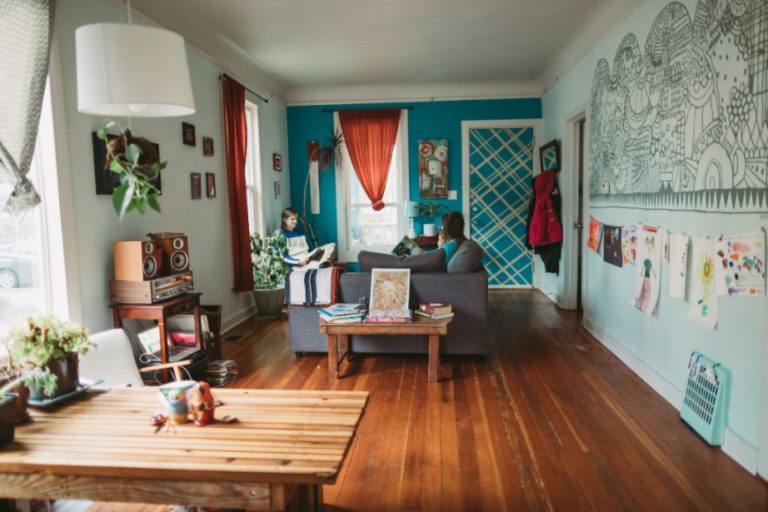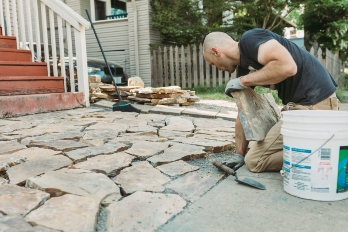This post is part of our ongoing series on manufactured, mobile, and modular homes.
You’ve heard the term “mobile home.” You’ve also heard “manufactured home.” And you’ve probably heard “trailer.”
Although they’re often referred to interchangeably, these types of homes are not the same. (Plus, there’s another – “modular homes.”) The commonality between them is that they’re fully or partially built in factories. This is unlike traditional homes, which are site-built, meaning they’re constructed directly on a piece of land.
Curious about the differences? Below is a guide to some of the most common types of factory-built homes.
Thinking about going this route? Here’s what to know about buying a manufactured home.
Mobile homes: Also referred to as trailer homes, as they’re actually designed for traveling and camping (and are sometimes called caravans or campers), these were the first kind of factory-built homes and were invented in the early days of highway travel.
Over time, many trailers were taken off the road and were adapted to be permanent homes.
Seeing an opportunity to offer a low-cost alternative to traditional home construction, the manufacturers of travel trailers began to build larger units that could be towed on highways to plots of land where they’d remain either forever or until their owners moved.
Eventually, it became common for owners of trailer homes to keep them in “parks” that were originally designed as campgrounds. Renting a plot of land, known as a “pad,” in a mobile home park eliminates the expense and hassle of finding piece of property with access to running water, a sewer, and electricity.
Manufactured homes: The early generations of mobile homes offered an experience not far from camping. They were expensive to heat and cool, causing them to be drafty and cold in the winter, hot in the summer, and prone to fires.
This was a catalyst for Congress to pass a law in the 1970s to develop national requirements for manufactured housing. Under the law, only homes built in factories and that meet the U.S. Department of Housing and Urban Development’s National Manufactured Housing Construction and Safety Standards Code can be called manufactured housing. The HUD code sets minimum standards for things like fire safety, energy efficiency, and resistance to weather.
All manufactured homes must meet this standard and each component has a red tag certifying that it meets code.
As a result, today’s manufactured homes are up-to-date, high-quality, energy efficient, and cost less per square foot than traditional site-built homes. Plus, they can include amenities like porches and garages, often making them indistinguishable from traditional homes.
Modular homes: In the early 1900s, folks could buy a house kit from the Sears catalog. The kits provided DIYers with instructions to build the homes, plus all the needed materials already cut to size. The kits were a convenient, low-cost homebuying option for tens of thousands of American households, and were an early example of what we now call modular homes.
Like manufactured homes, modular homes are constructed in factories, but unlike manufactured homes, they’re put together directly on pieces of homes to meet local building codes, rather than the national HUD code.
The whole house, some rooms like bathrooms or kitchens, or just some parts, like roof trusses, can be built as modules in the factory and then installed on a piece of land.
However, while modular homes allow for extra levels of customization, they can be more expensive than manufactured homes, due to the cost of transporting all their various components.
Now that we cleared that up, here are some more posts that might interest you:
- The underbelly, the crawl space, and other aspects of manufactured home maintenance.
- Hiring a pro? Here are five things to discuss with your contractor before a project.




